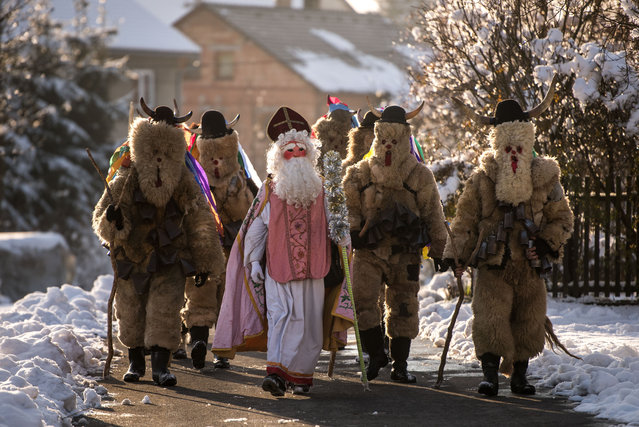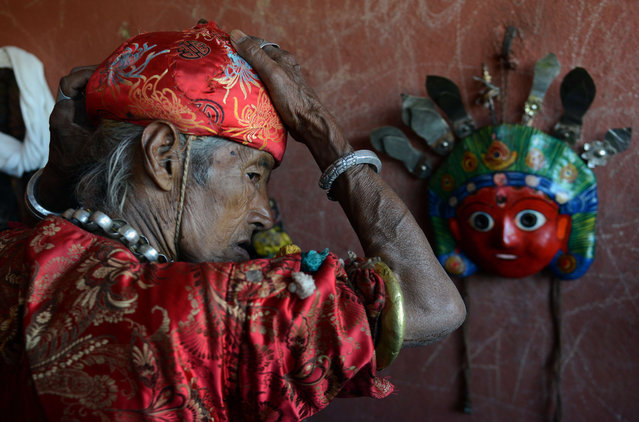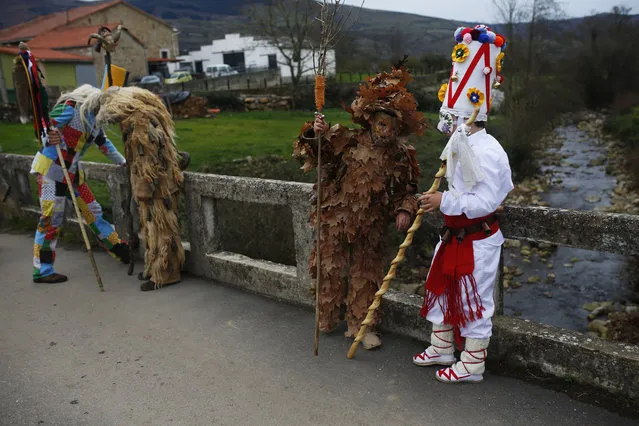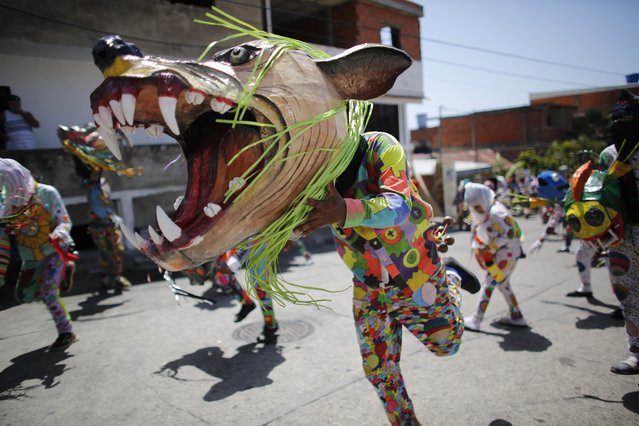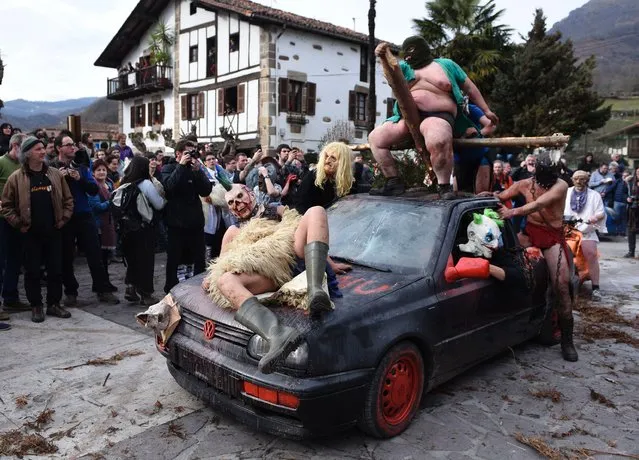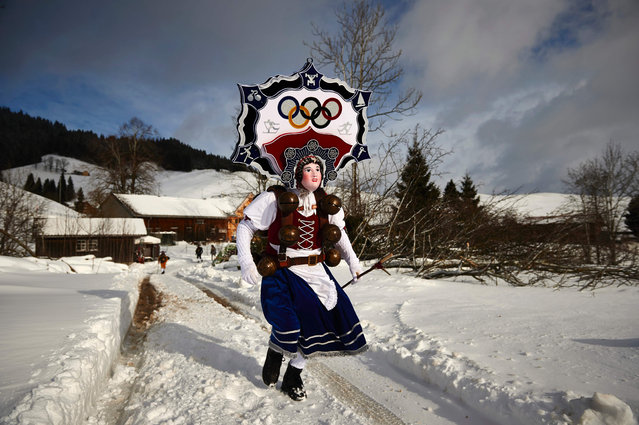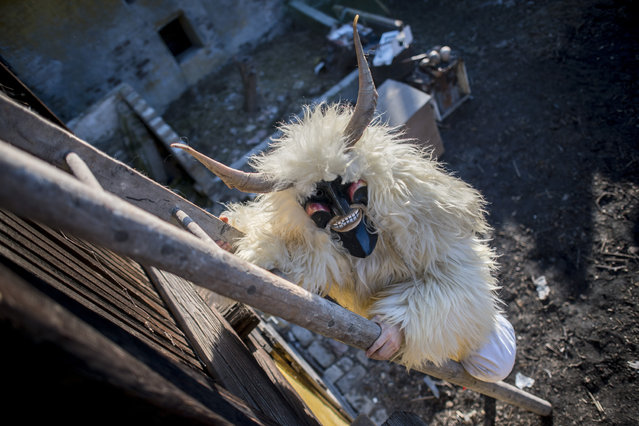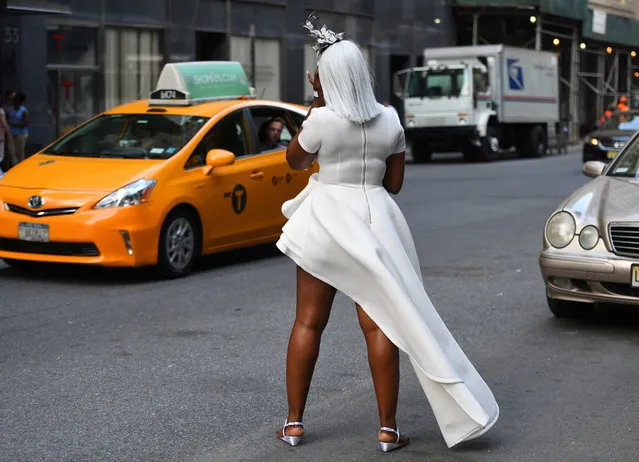
Guest gather in the street as the wait to attend the annual New York City Diner en Blanc, August 22, 2017 held this year at the plaza at Lincoln Center. The Diner en Blanc, the worlds only viral culinary event, a chic secret pop-up style picnic from France, the outdoor site – always a landmark location – is revealed at the last-minute. Guests are asked to dress entirely in elegant white, bring a picnic basket of food, fine china and silverware, white tablecloths, table and chairs. (Photo by Timothy A. Clary/AFP Photo)
25 Aug 2017 08:10:00,post received
0 comments

